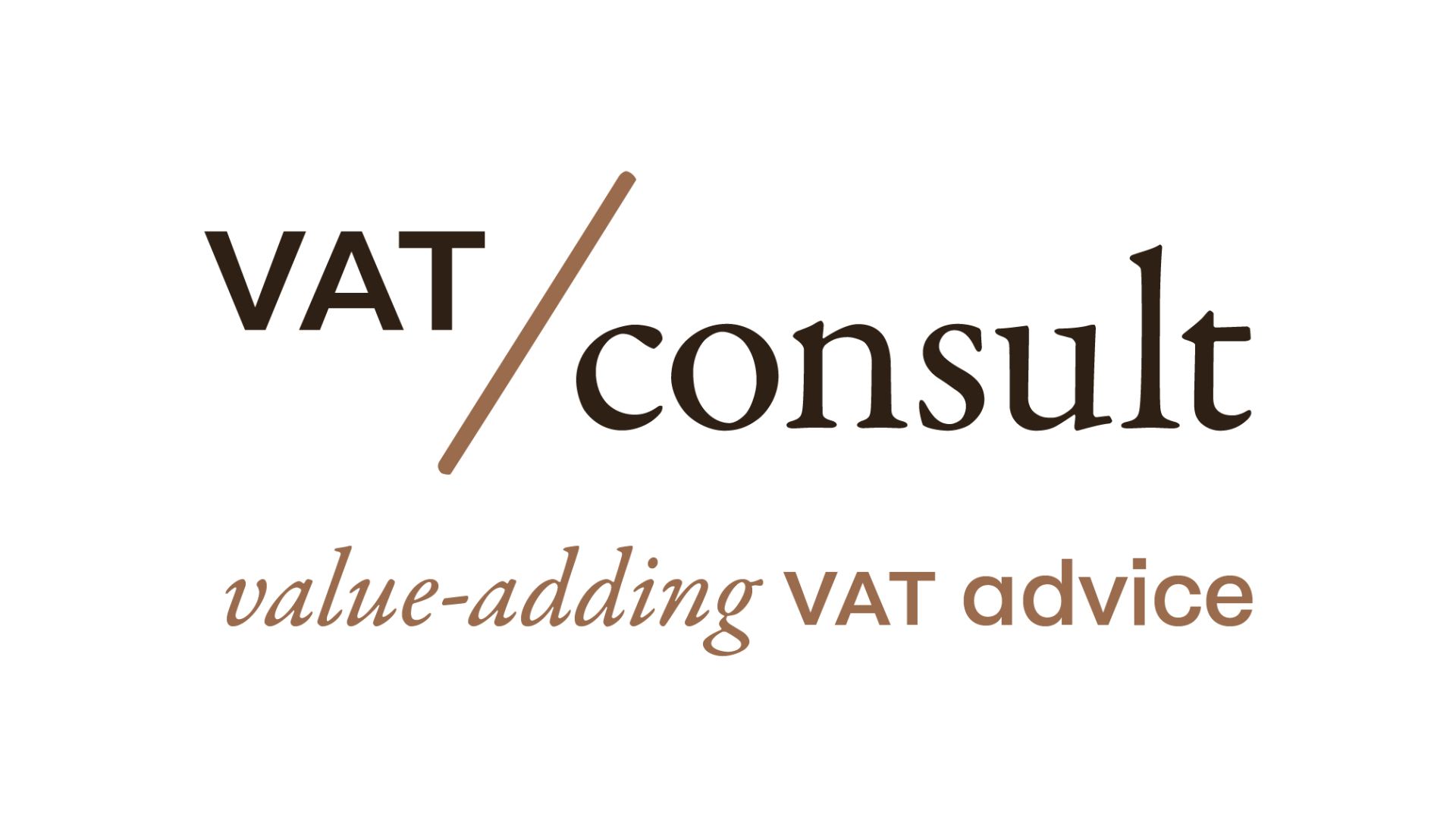On 7 July 2022, the Court of Justice of the European Union (CJEU) published its judgement in the Case B against Dyrektor Izby Skarbowej w W (C-696/20).
Background
The case dealt with a polish referral asking whether the so-called “safety net” provision laid down by article 41 of the EU VAT Directive applies to chain transactions in the context where an intermediate trader (party B) was charged with domestic VAT for transactions which were classified as intra-Community sales.
As a general rule, an intra-Community acquisition is taxable in the destination country (arrival of the dispatch or transport). The “safety net” provision is, however, an important derogation from this principle. According to this special provision, the VAT on the intra-Community acquisition is due in the Member State which issued the VAT identification number used for the purchase, unless the buyer can demonstrate that VAT was applied to his acquisition in the Member State of destination of the goods.
The purpose of the safety net is to ensure that VAT is actually levied on the acquisition of the goods. Without such provision, it would be possible to escape taxation by communicating any EU VAT number to the supplier.
The Court of Justice already held that VAT due based on the safety net provision is not deductible. According to the Court, if the VAT deduction would be allowed, the safety net would become meaningless!
Factual situation
Party B is a company established in the Netherlands which acted as an intermediary trader in a chain of transactions, with goods directly transported from BOP in Poland to other EU Member States.
B purchased goods from BOP, a company established in Poland, and onward supplied those goods to customers located in other Member States. B used its Polish VAT number for the purchase and considered the first transaction (the supply from BOP to B) as a domestic transaction and the second one (B’s supplies to his customers) as an intra-Community transaction.
As opposed to B, the Polish authorities allocated the transport and hence the intra-Community cross-border supply to the first transaction and took the view that Polish VAT was due on B’s purchases under the safety net provision.
Therefore, in the viewpoint of the authorities, B was not allowed to deduct the Polish VAT without proving that it had accounted for VAT in the destination country. On top of that, VAT was levied on the (domestic) sale between B’s initial supplier and B.
Question
The referring Court noted that VAT was already settled by B’s customers in the destination country and that the chain did not involve any fraud, and VAT was in fact declared at every stage. It therefore asked if the safety net provision allows VAT being assessed in both Poland, whilst the acquisition had already been taxed in the destination country by the purchasers of B.
Ruling
The Court started by stating that the safety net provision in itself should not prevent domestic legislation to tax an intra-Community acquisition in the country of departure. The fact that B communicated a domestic VAT number for a supply that was erroneously considered as domestic, does not prevent the safety provision to apply.
The fact that B’s customers taxed the acquisition in the destination countries also does not have any relevance in the assessment whether or not the safety net applies. This is because the VAT accounted for by these customers concerns VAT applicable to the second leg of the chain, as opposed to the litigation at hand, which is dealing with the treatment in the first leg of the chain. Put differently: every business has to manage and take care of the tax liabilities and burden resulting from their own transactions.
Luckily, the Court found a solution for the VAT leakage in two important pillars of EU law, i.e., the principle of proportionality and the principle of VAT neutrality. In the Court’s view, the fact that the Polish tax authorities treated the first leg in the chain as a taxed intra-Community supply meant that there was no risk of tax evasion and therefore also no need to apply the safety net.
Therefore, by seeking to apply the safety net and refusing the deduction of input VAT on the domestic purchase, the Polish tax authorities had acted in breach of the principle of proportionality and neutrality.
